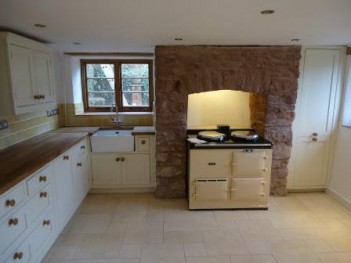Cob-walled longhouse in Somerset






An electrical fault in the loft triggered a serious fire at Lydeard Down Cottage, a listed traditional cob-walled and thatched longhouse. Almost the entire property was destroyed, with the exception of some external and crossdividing walls.
The building owner appointed Bedfords Surveyors to handle the reinstatement of the property, drawing on their particular expertise in listed buildings. The priority was to save as much of the original fabric as possible. Bedfords Surveyors immediately put in place emergency works to prevent further damage from the weather, particularly to any remaining sections of cob wall.
Bedfords Surveyors then carried out a comprehensive inspection of the property with the Listed Building Officer, to establish what could be saved and what needed to be removed. Through discussion and negotiation, it was agreed that damaged sections could be demolished without waiting for listed building approval – thus reducing the duration of the project by weeks.
Bedfords Surveyors then managed the very complicated listed building application and liaised with the local authority’s Building Control department. They also worked closely with the client’s own conservation architect, who was carrying out extra work on their behalf and at their cost.
As it was a listed building, the reinstatement used traditional building methods and authentic materials while at the same time complying with current building regulations. Using specialist contractors, it comprised:
- Restoring the cob walling.
- Replacing external traditional lime render.
- Installing a new thatched roof following the Dorset model which includes additional fire protection over the whole roof.
- Replacing oak beams and rafters on a like-for-like basis.
- Sympathetic internal restoration including flagstone flooring.
- New traditional kitchen with Aga.
- Extensive chimney repairs.
- Replacing the heating and electrical systems.
Bedfords Surveyors monitored and administered the project through to a successful completion.
< Back to Case Studies



